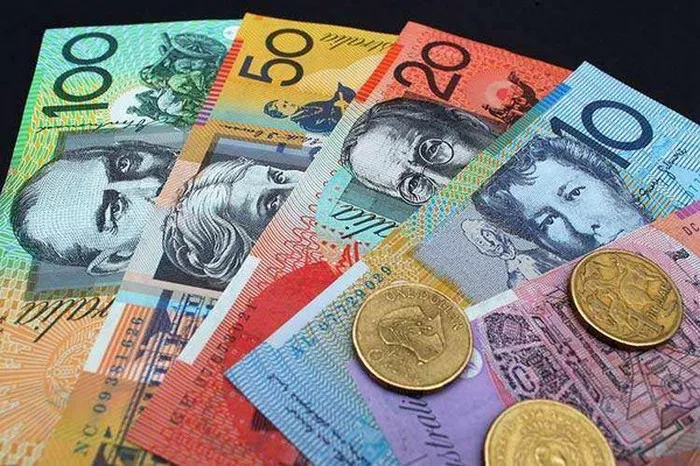AUD/USD is trading lower on Tuesday, weighed down by some USD buying.
Expectations of another Fed rate hike in 2023 and cautious market sentiment are bullish for AUD/USD.
China’s economic woes and weak Australian consumer confidence data weighed on AUD/USD.
AUD/USD traded lower during the Asian session on Tuesday, retreating further from Monday’s four-day high near 0.6450. AUD/USD is currently trading around 0.6420-0.6415, with an intraday drop of more than 0.15%. It is still some distance from the lowest level since November 2022 set last week.
The U.S. dollar’s sharp decline overnight attracted fresh buying and now appears to have halted its pullback from six-month highs, again seen as a key factor weighing on AUD/USD. The prospect of further policy tightening by the Federal Reserve remains supportive of higher U.S. bond yields and continues to be a tailwind for the dollar. In addition, cautious market sentiment further benefits the relative safe-haven status of the US dollar and puts certain pressure on the risk asset Australian dollar (AUD).
Markets appear to believe the Fed will keep interest rates higher for longer and have been pricing in the prospect of another 25 basis point hike by the end of the year. This prediction was reaffirmed by the improvement in U.S. macro data released last week, which showed that the U.S. economy is full of vitality. In addition, some officials are still inclined to err on the side of raising rates too much on the grounds that they can cut rates later, the Wall Street Journal reported. That in turn has heightened concerns about economic headwinds from rising borrowing costs and eroded investor appetite for riskier assets.
Weak Australian consumer confidence data further weighed on AUD/USD. Indeed, the Westpac – Melbourne Institute consumer confidence index fell to a weak 79.7 in September. The index has been below the 100 mark since March 2022, its longest losing streak since the recession of the early 1990s. This is because the market is increasingly worried about the deterioration of China’s economic conditions, and also shows that the Australian dollar, China’s proxy currency, has the least downside resistance.
However, traders may prefer to stay on the sidelines ahead of key U.S. consumer inflation data on Wednesday. U.S. inflation will play a key role in influencing market expectations for the Federal Reserve’s future path of interest rate hikes, thereby driving demand for the U.S. dollar and providing new directional impetus for the AUD/USD currency pair.


